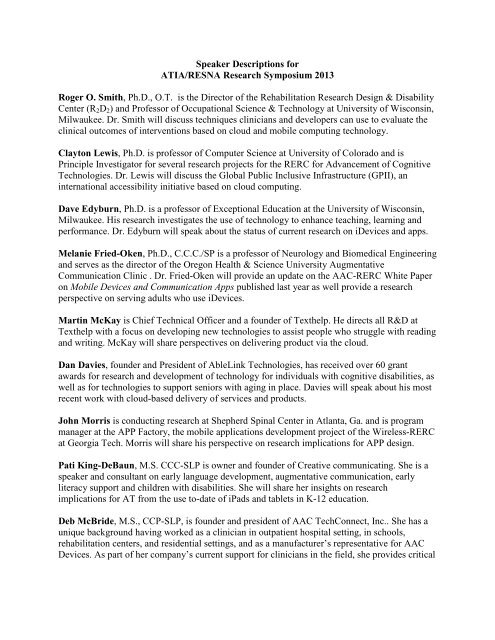

Perspective nomenclature needs to reflect this difference. In The Institute Way, mission-driven scorecard systems reflect the unique nature and value proposition of mission-driven organizations.

These organizations use different value-creation logic than business and industry (profit driven) organizations. How Perspectives Show a Value Creation Story in Business / Commercial Organizations What Balanced Scorecard Perspectives Should a Public Sector Organization Use?Ĭivilian government, defense and not-for-profit organizations are mission driven. The image below shows the value creation story through the perspectives for business / commercial sector organizations. Learning and growth takes place throughout the whole organization and during the execution of strategy, not just in one perspective. The four components included in the organizational capacity perspective are human capital, tools and technology, infrastructure, and governance. In the Nine Steps to Success™, the original Balanced Scorecard “learning and growth” perspective has been changed to “organizational capacity”, to reflect the internal capacity building needed to improve internal processes. The four perspectives of a traditional balanced scorecard are Financial, Customer, Internal Process, and Learning and Growth. What Balanced Scorecard Perspectives Should a Private Sector Organization Use? The basic four perspectives enables the organization to use a strategy map to articulate to employees how value is created by the organization. The success of few strategies can be measured from only one point of view. Robert Kaplan and David Norton found in their initial work together that too many organizations were measuring their success only from a financial point of view and that a broader, more strategic set of dimensions was needed. Why Does Your Organization Need Perspectives?ĭrs.

Together, these elements create value, leading to customer and stakeholder satisfaction and good financial performance. It takes several perspectives-usually four-to understand an organization as a system made up of elements that work together, like the gears in a clock or fine watch. Perspectives are the performance dimensions, or lenses, that put strategy in context. One of the signature features of the balanced scorecard is that it looks at organizational performance from various Perspectives.


 0 kommentar(er)
0 kommentar(er)
